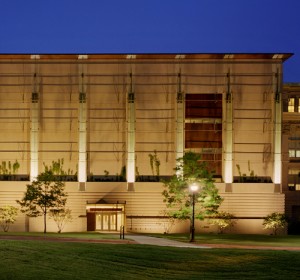Inside the Steere Herbarium
Posted in Videos and Lectures on June 12, 2014 by Stevenson Swanson
Stevenson Swanson is The New York Botanical Garden’s Science Media Manager.

One of the most important research facilities at The New York Botanical Garden is the William and Lynda Steere Herbarium, but unless you’re a plant scientist or seriously interested in botany, chances are you’re unfamiliar with what a herbarium is and why it’s crucial to the task of understanding and conserving Earth’s plant life.
Simply put, a herbarium is a library of plants—7.3 million preserved plant specimens, in the case of the Steere Herbarium. That makes it the largest herbarium in the Western Hemisphere and one of the four largest in the world.
But what can researchers learn from all those specimens? How do they use the knowledge stored there? How was the Steere Herbarium founded, and does it contain just the things that average people think of as plants—trees, flowers and shrubs? What about seaweed, moss, lichens and mushrooms?
Those questions and many others are answered in this short video, produced by JSTOR, the digital library of academic journals and other research materials. It’s part of a series explaining the Global Plants Initiative, a project JSTOR is coordinating to assemble a digital, Web-accessible collection of the most important plant specimens at more than 300 herbaria, museums and universities worldwide. The Botanical Garden is a major partner in the project.
To explain the importance of a herbarium, JSTOR called on someone who’s worked in one for more than 30 years—Barbara M. Thiers, Ph.D., the Garden’s Vice President for Science Administration and the Patricia K. Holmgren Director of the Steere Herbarium.

